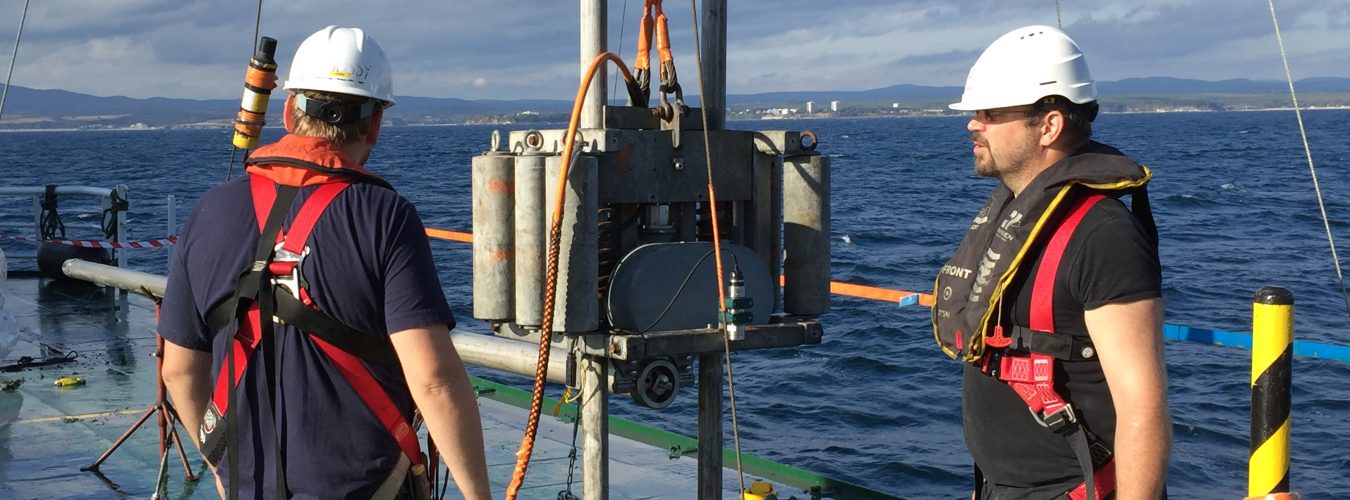The end of September and the start of October are one of the busiest times of the year within the CMA. In one instance our existing cohort of MA/MSc students are in the final stages of finishing and submitting their dissertations – very much the culmination of their year of study. Staff are then busy marking and enjoying reflecting on the research and fieldwork that has gone into these very personal projects.
This year my own tutees have covered subjects ranging from sculptures found on shipwrecks in the Mediterranean, Mayan navigation, 20th century Cuban migration watercraft, the maritime element of Napoleon’s siege of Acre, and the archaeology of recreational watercraft. Extending a survey of dissertation topics across my colleagues would reveal an equally wide range of topics, periods, places and themes. Yet, this is not an unusual set of dissertation subjects, it is simply one that reflects the inherent diversity of approach that maritime archaeology occupies in the 21st century.
The reverse of this process then begins in the last week of September with the induction of our incoming cohort of MA/MSc students. This is always one of the most exciting parts of the year as we begin to meet and get to know a new group of maritime archaeologists from around the world. The 2016/17 group come from as far afield as the USA, Greece and China (and of course the UK), illustrating the great geographical spread of students that has been a hallmark of the CMA since it was founded.
At the same time, we welcome new doctoral researchers to the CMA. This year they include cross-faculty PhD projects in collaboration with engineering (ship science) and law, funded through the University’s ‘Southampton Marine and Maritime Institute (SMMI)’, as well as a project funded by the Honor Frost Foundation (HFF). All of these again serve to underline the great variety of areas of study for maritime archaeology. In many cases we are welcoming back alumni of previous MA/MSc cohorts, who are returning to Southampton having cut their teeth in the wider world of maritime archaeology.
So at a time of year when we are looking backwards with nostalgia at what has been another excellent MA/MSc cycle, we are also looking forward to the potential of the next year. We are able to send one group of maritime archaeologists to begin the next stage of their careers while welcoming in their successors and being able to plan their teaching, practical activities, and fieldwork for the next year – we’ll probably leave it a few months before asking them for a dissertation topic!
